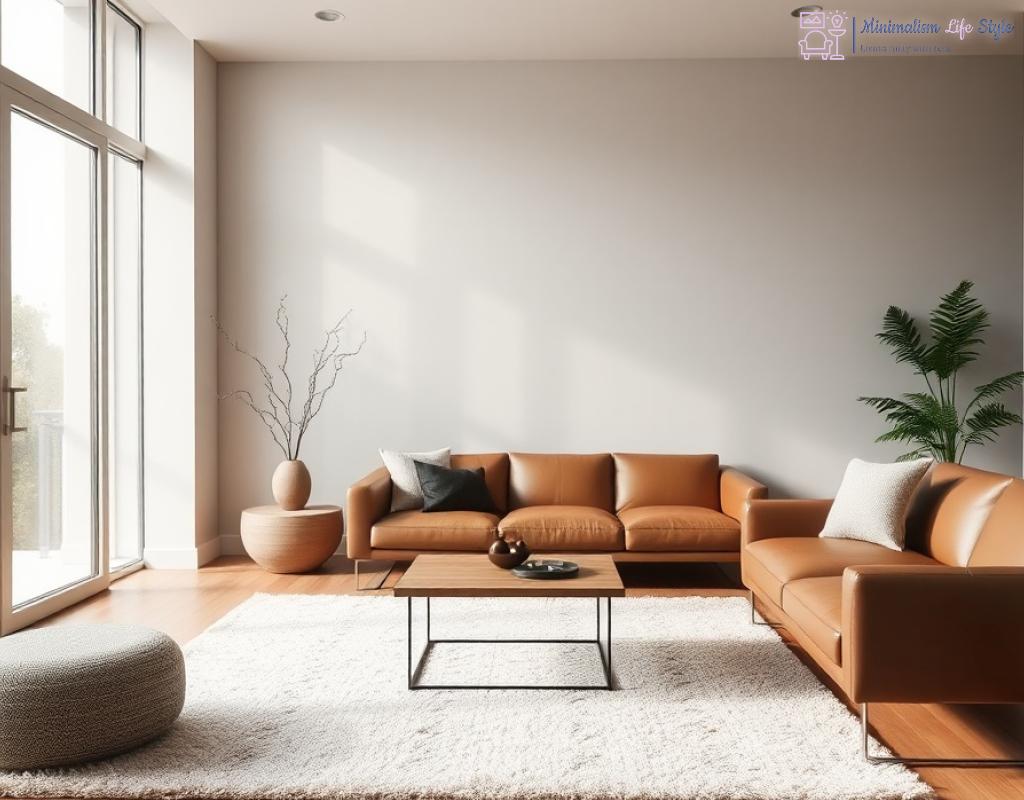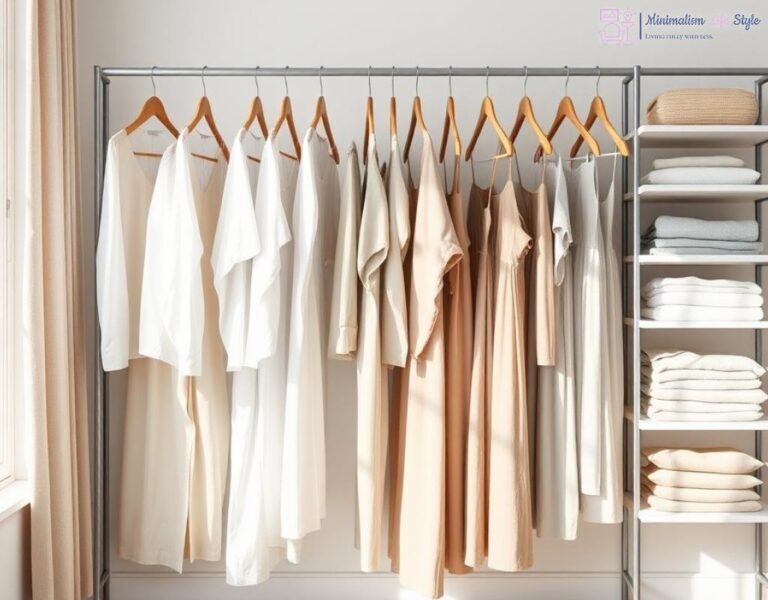Embracing Contrast: Combining Soft and Hard Textures
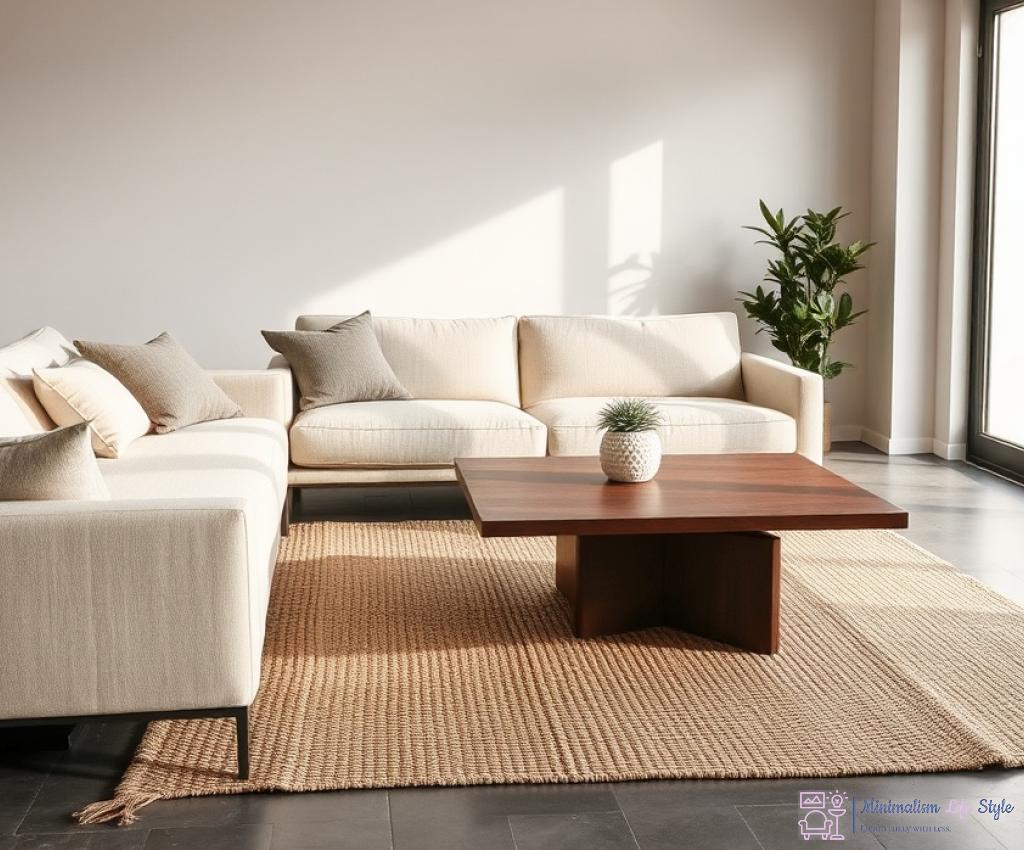
In the world of minimalist design, the power of texture is often underestimated. Yet, the subtle interplay between soft and hard textures can elevate a space from ordinary to extraordinary. By embracing contrast, you not only create visual interest but also evoke a tactile experience that resonates with the senses. Let’s delve into how you can master this art and transform your minimalist aesthetic.
Soft textures play a crucial role in adding warmth and comfort to minimalist spaces. Think of plush fabrics, gentle curves, and organic shapes that invite touch and offer a sense of coziness. These elements soften the otherwise stark nature of minimalist design, creating a harmonious balance.
Key Characteristics of Soft Textures:
- Inviting and Comfortable
- Creates a Cozy Atmosphere
- Encourages Relaxation
On the other hand, hard textures introduce strength and structure into your design. Elements such as metal, glass, and concrete can add a striking contrast against softer materials. They serve as anchors in a space, providing a sense of stability and modernity that is quintessential to minimalist aesthetics.
Key Characteristics of Hard Textures:
- Durable and Long-lasting
- Provides Visual Interest
- Enhances Modern Appeal
When it comes to combining soft and hard textures, the key is to achieve a balanced composition. Consider the following strategies:
| Strategy | Description |
|---|---|
| Layering | Overlay soft textiles like throws or cushions on hard surfaces like leather sofas or concrete benches. |
| Contrasting Colors | Use a soft color palette for fabrics against bold, darker hues of hard materials. |
| Varied Finishes | Mix matte finishes with glossy textures to create depth and intrigue. |
By thoughtfully combining these elements, you can curate a minimalist space that is not only visually stunning but also rich in sensory experiences. Remember, the goal is to create a dialogue between soft and hard textures, allowing each to highlight the beauty of the other.
Color Play: How Textures Enhance a Minimalist Palette
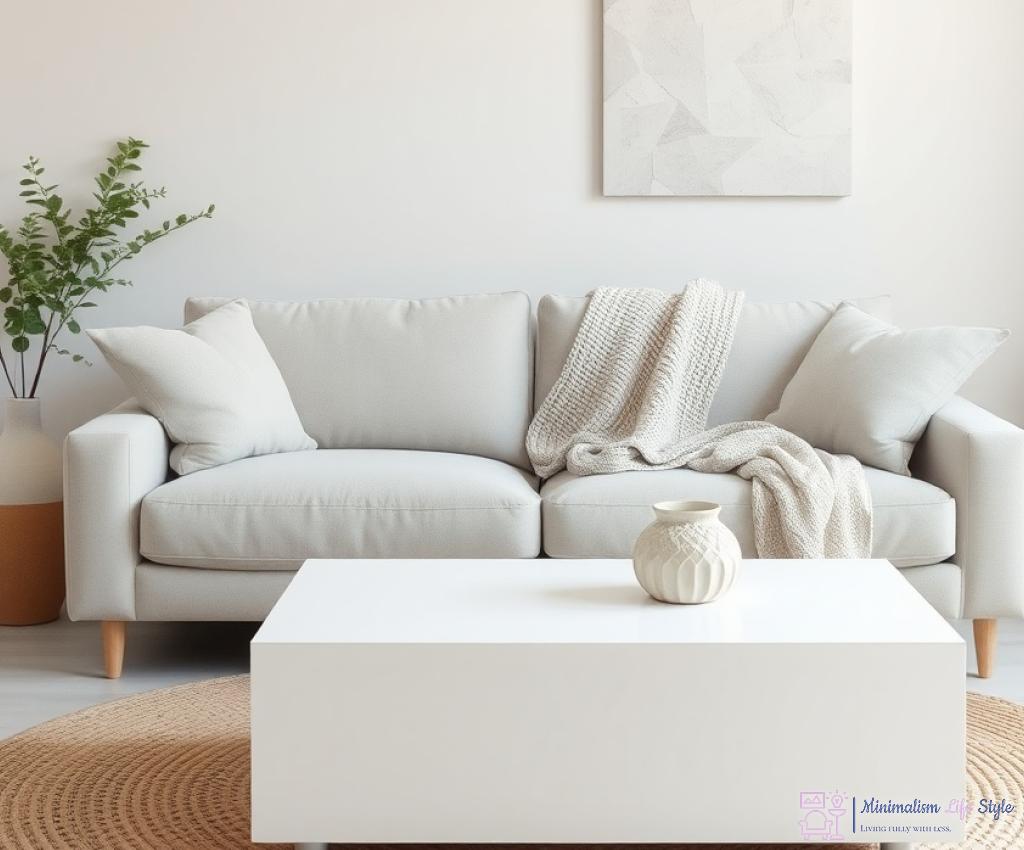
In the realm of minimalist design, color is often regarded as a secondary player, overshadowed by the focus on form and function. However, when textures are introduced into the equation, color takes on a new dimension, breathing life into the subdued palettes typical of minimalism. By understanding how to use textures as enhancers of color, you can create spaces that are not only visually compelling but also emotionally resonant.
Textural Nuances: The Spectrum of Color
Textures have an extraordinary ability to alter our perception of color. For instance, a matte finish can absorb light, allowing softer hues to appear more muted and sophisticated, while a glossy texture reflects light, intensifying the vibrancy of bolder colors. This interplay encourages designers to experiment with various textures to achieve the desired emotional effect in a space. A neutral palette, when juxtaposed with rich textures, can evoke calmness and tranquility, whereas brighter colors paired with sleek finishes can inspire energy and dynamism.
Creating Depth Through Contrast
Engaging with the contrast between textures and colors can lead to a captivating visual narrative. Imagine a room where a deep navy velvet sofa, its texture inviting and plush, is set against the starkness of a white concrete wall. The interplay of the soft fabric with the hard surface creates a dramatic effect, making both the color and texture stand out. This method not only enhances the aesthetic appeal but also provides a sensory experience, inviting touch and exploration. In minimalist design, where simplicity reigns, such contrasts are vital for creating depth and interest.
Texture as a Color Enhancer
Furthermore, textures can serve as a bridge between colors, harmonizing disparate hues within a minimalist palette. For example, a woven jute rug can effortlessly connect earthy tones with vibrant accents, allowing for a seamless flow throughout the space. In this way, the rug does not just serve as a functional element but as a vital component that enriches the overall color scheme. By integrating various textures, designers can craft a cohesive look that allows colors to sing, promoting a sense of unity and balance.
Ultimately, the art of mixing textures in minimalist design goes beyond mere aesthetics; it is about crafting a harmonious dialogue between colors and textures that resonates with the human experience. By thoughtfully curating these elements, you can transform a minimalist palette into a vibrant canvas, capturing the essence of modern living.
Layering Techniques: Creating Depth with Minimalism
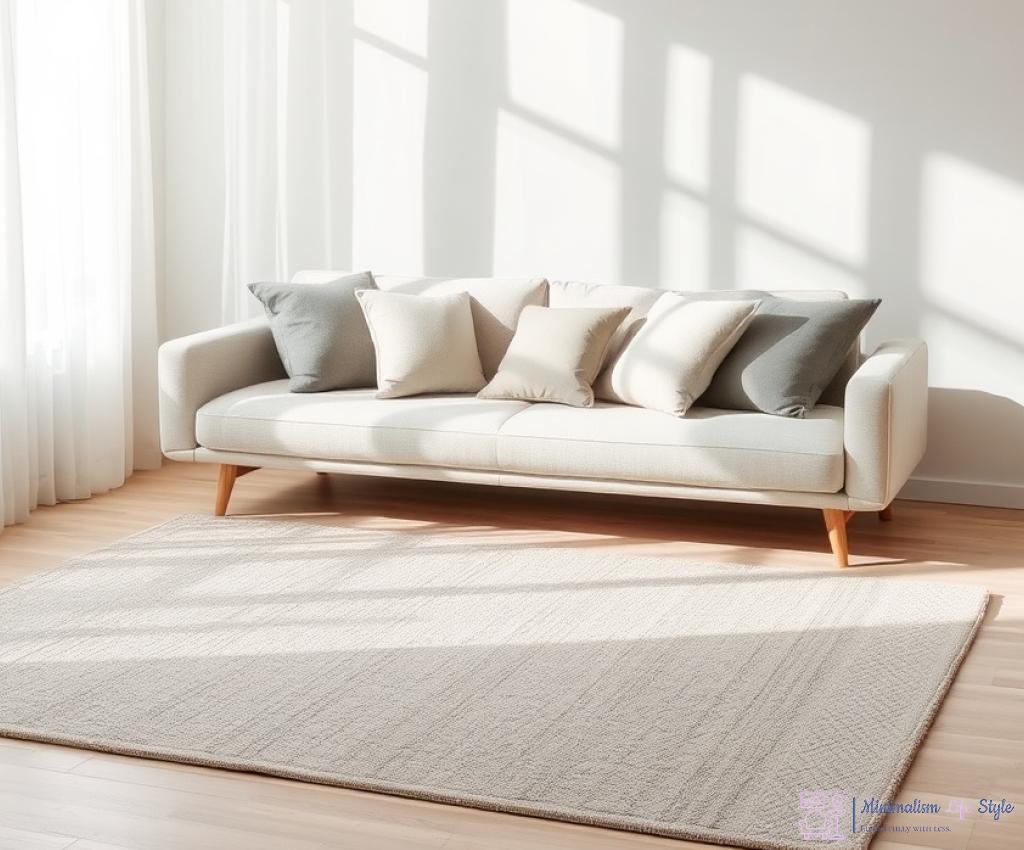
In the pursuit of minimalist design, the concept of layering textures emerges as a powerful tool to cultivate depth and intrigue within a space. Rather than relying solely on color, the strategic incorporation of various textures can transform an otherwise flat environment into a multi-dimensional experience. This approach not only enhances visual appeal but also creates a soothing atmosphere that invites interaction and engagement.
Layering textures effectively requires a mindful approach that prioritizes balance and harmony. This involves selecting complementary materials that resonate with each other while maintaining the core principles of minimalism. Here’s how you can thoughtfully integrate layers into your minimalist design:
- Establish a Base Layer: Start with the foundational elements of your space, such as flooring and wall surfaces. Consider using natural materials like wood or stone that provide a rustic yet elegant backdrop.
- Add Mid-Layers: Introduce textiles such as rugs or fabrics that can soften the environment. For example, a large, woven rug can act as a cozy anchor, drawing the eye and providing warmth beneath bare feet.
- Incorporate Accent Layers: Finally, embellish your design with accent pieces like cushions, throws, or decorative objects. These items should offer contrasting textures that pop, like a chunky knit blanket against a sleek leather sofa, adding dimension and comfort.
To truly master the art of layering, it’s essential to weave a cohesive narrative throughout your space. This can be achieved by selecting a unifying theme, such as color or material type, that runs throughout your layered textures. For instance, if you choose earthy tones, ensure that each layer reflects this palette to create a seamless flow.
Additionally, consider varying the scale and pattern of your textures. A large, geometric-patterned rug can contrast beautifully with smaller, soft throw pillows, creating a dynamic interplay that captivates the eye.
| Layer Type | Material Suggestions | Purpose |
|---|---|---|
| Base Layer | Wood, Stone, Concrete | Foundation and Stability |
| Mid-Layer | Textured Rugs, Fabrics | Warmth and Comfort |
| Accent Layer | Cushions, Throws, Decorative Objects | Visual Interest and Softness |
By employing these layering techniques, you can create a minimalist space that not only reflects your personal style but also invites interaction and comfort. Embrace the art of mixing textures, and watch as your minimalist design transforms into an engaging and rich environment.
Natural Elements: Integrating Organic Textures in Design
In the pursuit of a minimalist aesthetic, the inclusion of natural elements can breathe life into an otherwise austere environment. Organic textures not only enhance the visual appeal of a space but also foster a deeper connection between the indoors and the natural world. By incorporating materials such as wood, stone, and plant life, you create a sanctuary that feels both grounded and inviting. This blend of simplicity and nature is essential for crafting a harmonious atmosphere that resonates with the human experience.
When we think of organic textures, we often envision the raw beauty of nature. Think of the rugged surface of reclaimed wood, the smoothness of river stones, or the intricate patterns of woven grasses. These elements are not just visually stunning; they invoke a sensation of warmth and comfort that is crucial in minimalist design. By layering these textures, you can achieve a compelling contrast against sleek, modern surfaces, creating a dynamic interplay that captivates the eye.
For instance, placing a chunky wooden coffee table on a soft, natural fiber rug introduces a tactile richness that invites interaction. Furthermore, the incorporation of live plants adds a vibrancy that breathes life into minimalist spaces, creating a visual rhythm that is both refreshing and calming.
To truly master the art of mixing organic textures, it is essential to strike a balance between the various elements at play. While organic materials provide warmth, they should harmonize with the hard textures of minimalist design to maintain that clean, uncluttered aesthetic. This balance can be achieved by thoughtfully selecting pieces that complement one another without overwhelming the senses.
Consider the juxtaposition of a smooth, polished stone countertop against the rough surface of a wooden island. This contrast not only enhances the beauty of each element but also emphasizes the unique characteristics that define minimalist design. When executed correctly, the integration of organic textures transforms a simple space into a multi-dimensional experience, inviting exploration and engagement.
The Power of Negative Space: Balancing Textures in Minimalism
In minimalist design, negative space is not merely an absence of elements; it is a critical component that enhances the overall composition of a space. This concept emphasizes the importance of what is not there, allowing textures to breathe and be appreciated. By skillfully incorporating negative space, designers can create a sense of tranquility amidst the tactile richness of mixed textures. The interplay between occupied and unoccupied areas invites the eye to explore and appreciate the subtle nuances of texture, creating a visual dialogue that is both calming and intriguing.
To effectively leverage negative space, it is essential to find a harmonious balance between different textures. When integrating soft and hard materials, the surrounding empty areas play a pivotal role in enhancing their impact. For instance, a plush velvet chair positioned in an expansive, unadorned corner draws attention to its luxurious texture while allowing it to stand out against a backdrop of simplicity. This deliberate use of space prevents overcrowding, ensuring that each texture can shine without competing for attention.
Moreover, the careful arrangement of textures can guide the flow of movement within a space. By allowing negative space to act as a visual pathway, designers can lead the eye from one textured element to another, creating a cohesive narrative that unfolds effortlessly. This method not only emphasizes the significance of each material but also enhances the overall experience of the environment.
Incorporating negative space requires a keen awareness of placement and proportion. When combining various textures, consider the size and scale of each element. Large, soft furnishings paired with sleek, hard surfaces can create an engaging contrast, yet they must be thoughtfully spaced to maintain balance. If a richly textured area rug is laid against polished wood flooring, it should be surrounded by ample negative space to highlight its presence. This approach allows the viewer to appreciate the tactile differences without overwhelming the senses.
Ultimately, the art of mixing textures in minimalist design hinges on the strategic use of negative space. By recognizing the power of what is left unoccupied, designers can craft spaces that are not only visually stunning but also inviting and serene. The result is an environment that celebrates texture while embracing the beauty of simplicity, allowing each element to contribute to a larger, cohesive aesthetic.

